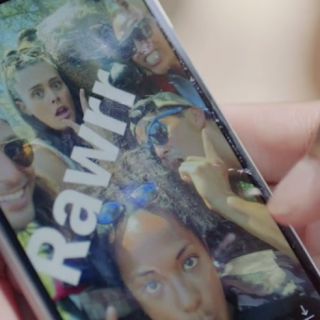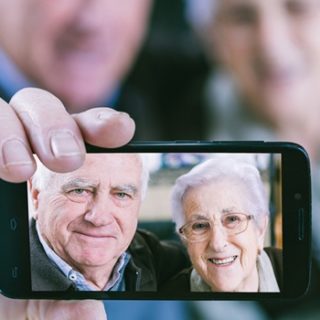Recently at Displaying Ads we have been given the opportunity to expand our horizons and take one afternoon a month as part of our continual development and learning in a programme called Explore4. One area I’ve been consistently interested in is the rise of digital in our everyday lives and how it is not excluding any area including art, so there was no better place for me to visit than the recent exhibition at Whitechapel Gallery which explores the integration of digital into society.
For those who haven’t seen – the “Electronic Superhighway 2016-1966” exhibition, it is a must for anyone looking to transport themselves into a quirky world where Art and the Internet meet.
Perhaps surprisingly, the idea of incorporating technology into art isn’t a new concept. Long before the internet was invented, E.A.T (Experiments in Art and Technology, not a lunchtime alternative to Pret!) was a group where artists and programmers, such as Andy Warhol, could meet to explore ways to inject technology into their artwork.
As digital seamlessly manoeuvres itself into the art world the results are ever more interesting. The highlight for me was the psychedelic “Internet Dream”, by Nam June Paik (considered to be the “Father of Video Art”). I found myself captivated by the fifty-two monitors displaying a collage of electronically generated images and recordings, emphasising the ever-growing use of digital in day-to-day life.

Initially looking at this piece below by Jonas Lund, you might just see different colours and think, “Is this art?!” It was only when I read the accompanying blurb that I realised that there’s actually more to it than meets the eye. In this installation ‘VIP (Viewer Improved Painting) Lund cleverly installed an eye tracking camera into the piece to record which screen the viewer is looking at. Then, using that information, he changed the colours on the screen to what the algorithm calculated to be the viewers preferred colours. As you can see below the piece started to introduce combinations of blue/purple tones which are in fact my favourite colours!

Whilst carefully trying to not step on this piece by Evan Roth, ‘The Internet Cache Self Portrait’ revealed the hidden data, passing through our browsers. This brings to life and helps to envision the vast amount of data that can be collected about us on a daily basis from our online behaviour and most of us won’t even be aware of this. There’s little doubt that our smart devices know more about what we want, than we do, as they have access to our patterns of behaviour, search history, journeys and can use this data to make informed choices.

As marketers at Displaying Ads, the use of data to plan and execute our digital campaigns has evolved our approach as we move towards data-driven, technology-centric programmatic methods.
No longer do we have to generalise about what, for example, “Millennials” like, but rather, we’re now able to tailor our messaging to the individual based around their unique online patterns and ‘digital self-portraits’.
Throughout the exhibition you are reminded that this is not solely art but the integration of digital into everyday life.
If you get a chance, pop along to the Whitechapel Gallery where Electronic Superhighway is on until mid-May.
http://www.whitechapelgallery.org/exhibitions/electronicsuperhighway/



